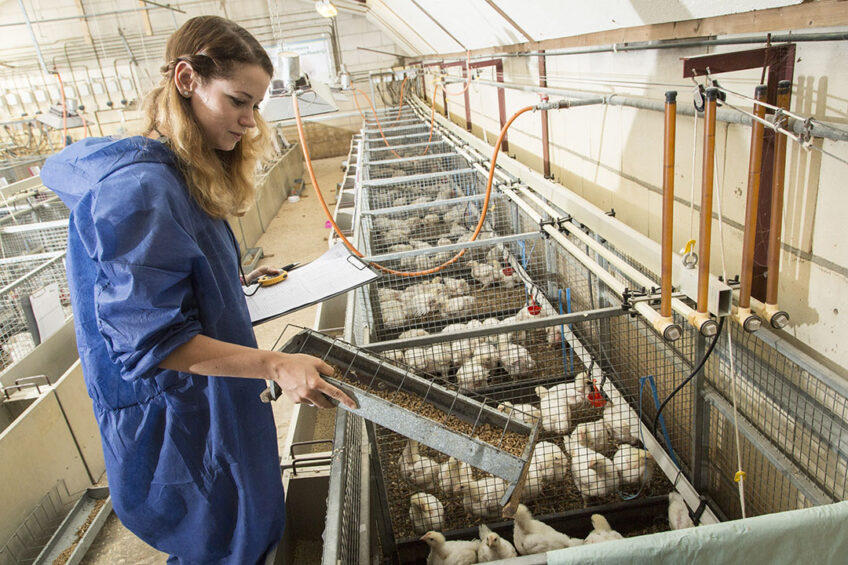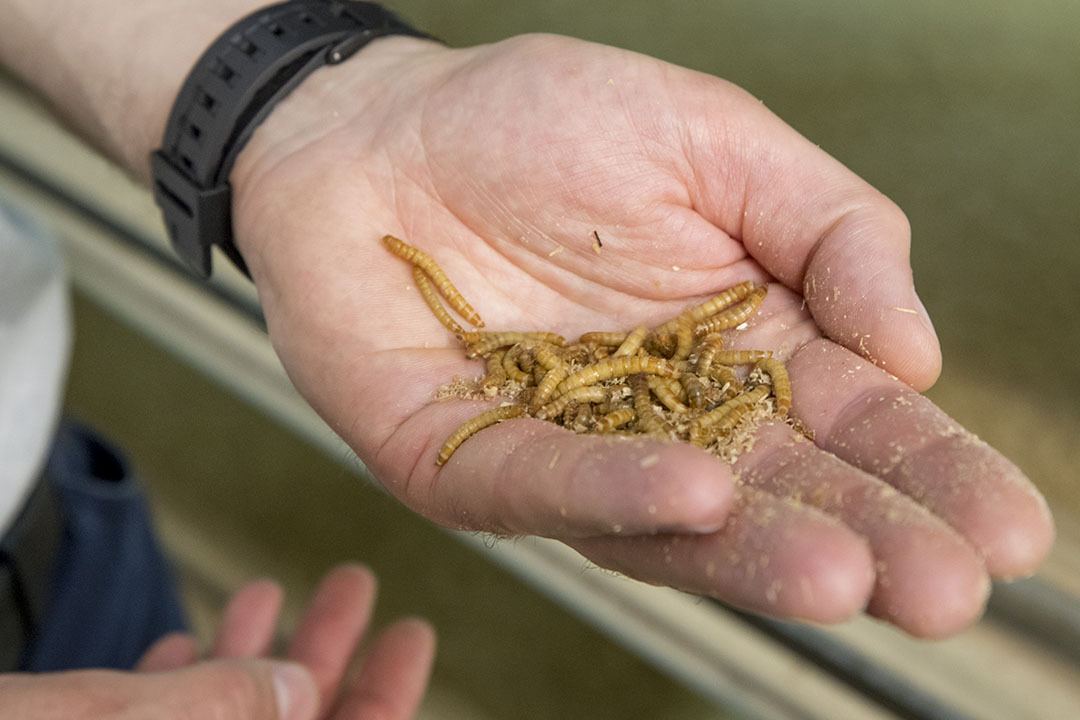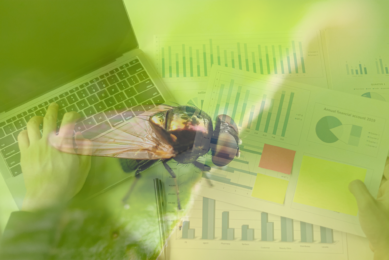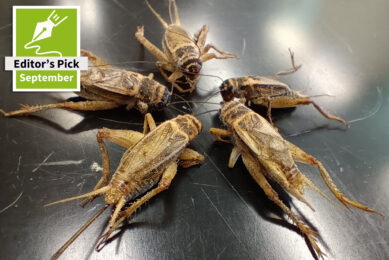Feed insects: Information key to consumer acceptance

Including insects in poultry diets can provide animal welfare and health benefits as an environmental enrichment tool and a nutrient source. However, there has been limited research on consumer acceptance of products from farmed animals fed with insects.
The demand for insects as feed for the pig and poultry sectors is expected to rise sharply following EU approval given in September 2021 for the use of processed insect protein in pig and poultry feed. However, consumer acceptance of insects as feed is crucial to determining the development of the insect farming sector and the food derived from animals fed insect-based diets.
Despite the growing literature on consumer acceptance of edible insects as food in Western countries, few studies have examined consumer attitudes toward using insects as feed.
The survey
An online survey of 565 meat consumers was conducted between December 2019 and January 2020. In this study, researchers aimed to understand consumer preferences and attitudes, specifically, the intention to purchase and willingness to pay for poultry meat products fed on either an insect-based meal or a live insect diet (a duck was used as an example).
Consumers were split into 2 groups:
The control group consisted of consumers who did not receive additional information about the benefits of using insects in poultry diets before the questions were asked,
The treatment group consisted of consumers who received information about the environmental, safety and nutritional benefits, as well as the taste-related aspects of insect-based feed before the questions were asked.

Willingness to buy
Before providing the information, researchers found a moderately positive intention to purchase a duck fed with insect meal, among other feed types. The highest score or preference was found for cereal-based feed, followed by non-GM soybean meal, then insect meal. The lowest scores were given to the GM soybean and fish meal, which were the least liked feed sources. This was generally related to perceptions of GMOs, as previously documented.
The respondents also expressed their attitudes concerning labelling that would increase their preference for insect-based meals. Approximately 80% of respondents reported that they would be willing to eat the insect-fed duck if the label certified how this diet improved the animal’s nutrition and welfare status.
In contrast to previous studies, which found that consumers were willing to pay a premium for insect-fed fish, most of the respondents (64.9% in the control group and 72.7% in the treatment group) would be willing to pay the same average price for both a duck fed with insect meal and a duck fed with a vegetable meal. This observation was related to the low level of purchasing familiarity among respondents regarding the product under investigation, i.e., duck meat.
Preference for live insects of insect meal
Interestingly, consumers showed a stronger preference for purchasing duck fed with live insects than one fed with insect meal. There were 2 main reasons that were thought to influence this decision:
Consumers may prefer the idea that birds are fed with insects because such feeding also happens in the animals’ natural environment and could result in greater animal welfare.
The idea that animals eat something ‘fresh’ (i.e., alive) and not processed could be perceived as more positive for safety. In addition, naming the feed ‘insect meal’ might be perceived differently from other names, such as ‘insect-based feed’, ‘insect-based diet’ and ‘insect-based meal’.
Socio-demographic differences
When considering gender, males showed a more favourable attitude than females towards a farmed duck fed with live insects and a stronger intention to purchase a farmed duck fed with an insect-based meal and live insects. Younger people, on the other hand, had a more favourable attitude towards eating or buying a farmed duck fed with an insect-based meal and live insects.
The survey results revealed a significantly more favourable attitude towards eating a farmed duck fed with an insect-based meal among respondents who had completed tertiary-level education compared to those with secondary education.
Eating emotions
Indifference
When asked how the idea of eating duck fed with an insect diet made them feel, most respondents reported curiosity and indifference, followed by a pleasant sense of surprise:
The informed group showed higher percentages for curiosity, indifference and a pleasant sense of surprise (27.4%, 24.4% and 18.8%, respectively) than the control group (26.7%, 23.2%, and 16%, respectively).
Females associated eating a duck fed an insect diet with disgust more often than males (8% compared to only 2% for females and males, respectively).
When asked about the intention to eat:
Respondents in the treatment group reported a significantly higher intention to eat a farmed duck fed on an insect-based diet. Among the main reasons for their responses, the respondents indicated that they would consume the meat “only if the insects are part of the life cycle of ducks” and if “the taste is not altered”, further noting that “the safety of insects should be reported”.
Completely opposed:
Finally, only a small number of respondents were completely opposed to eating such products, mainly due to disgust (“just thinking about that makes me disgusted”) or a lack of knowledge (“not sure if ducks are insectivorous”). Most of them refused simply because they rarely consume duck meat which raises questions about whether acceptance or perceptions would differ for poultry species.
Information drives perceptions
In summary, it was found that providing information on the environmental, safety, nutritional and taste-related aspects of insect-based feed as a protein substitute in the poultry sector increased consumer acceptance of insects as feed, as well as their readiness to purchase and consume these products.
Beyond sustainability, the researchers stated that their results suggest that the use of insects as feed is more likely to be accepted if consumers are reassured that the final product will be safe and healthy and that the price and taste will remain unchanged.
In addition, it is worth noting that this study was conducted between December 2019 and January 2020, before EU approval for the use of processed insect protein in pig and poultry feed was given. It would be interesting to investigate whether this approval has had a positive influence on consumer perceptions toward the use of insects in poultry diets.











